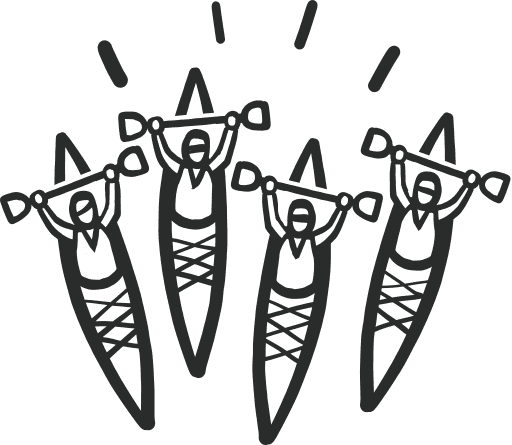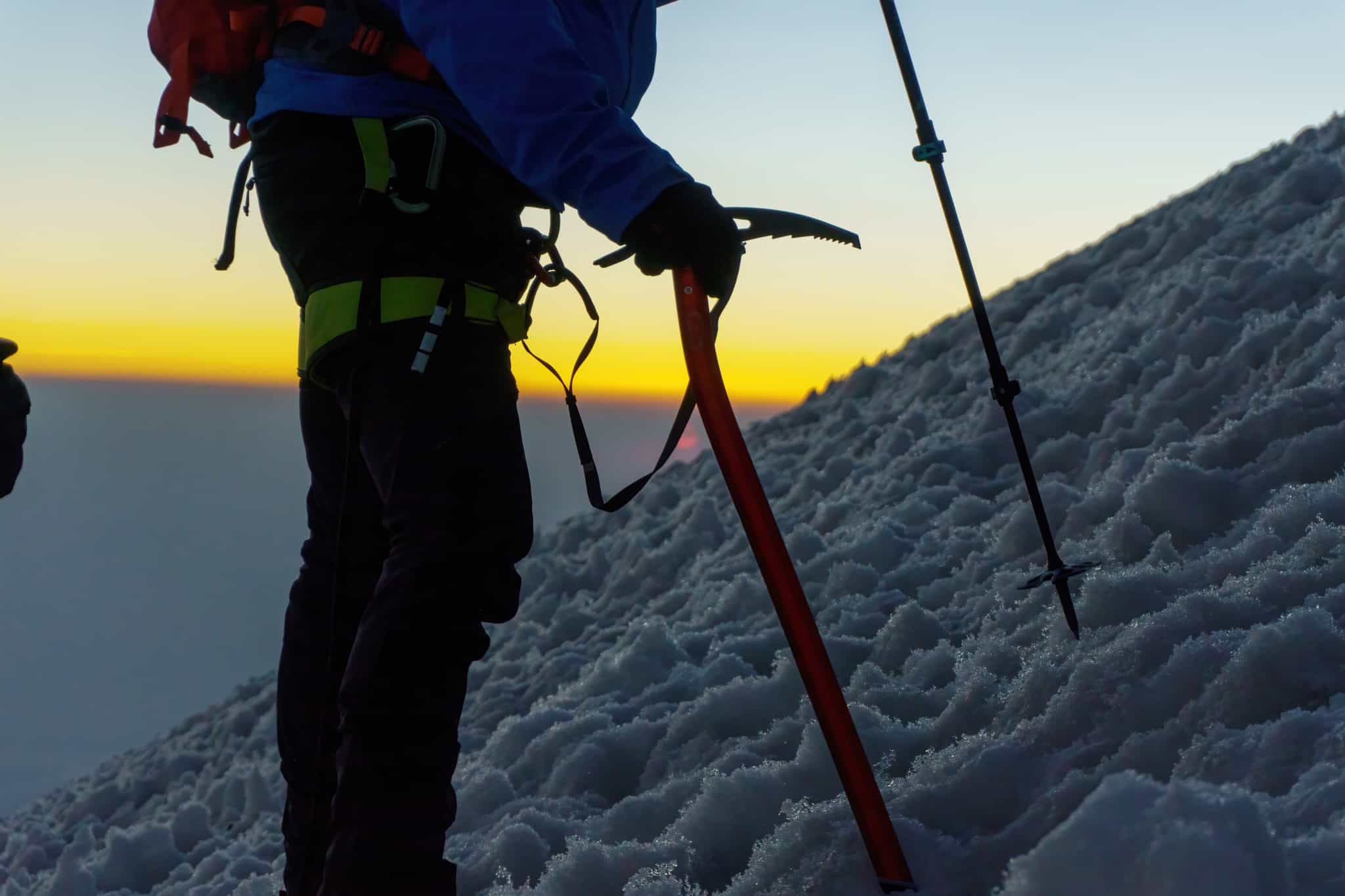
The Mexico 3 Peaks Challenge
Tackle three spectacular summits in the Trans-Mexico Volcanic Belt, topping out on the highest volcano summit in North America
What's Included?
Small Like-minded Groups
Solo-friendly by design, join our small n’ sociable groups of up to 14 like-minded, active and outdoorsy people…
…
What's it like?

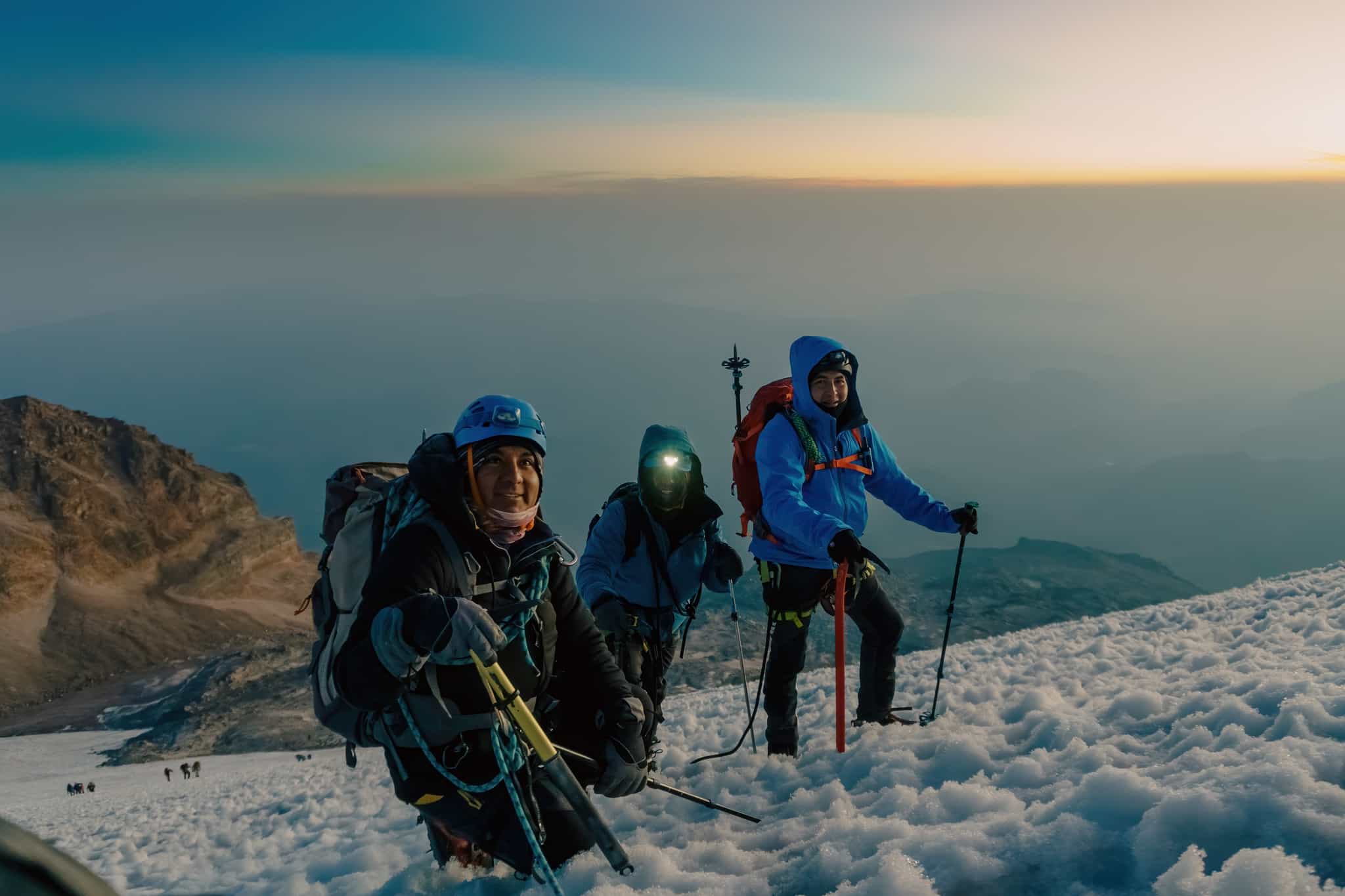
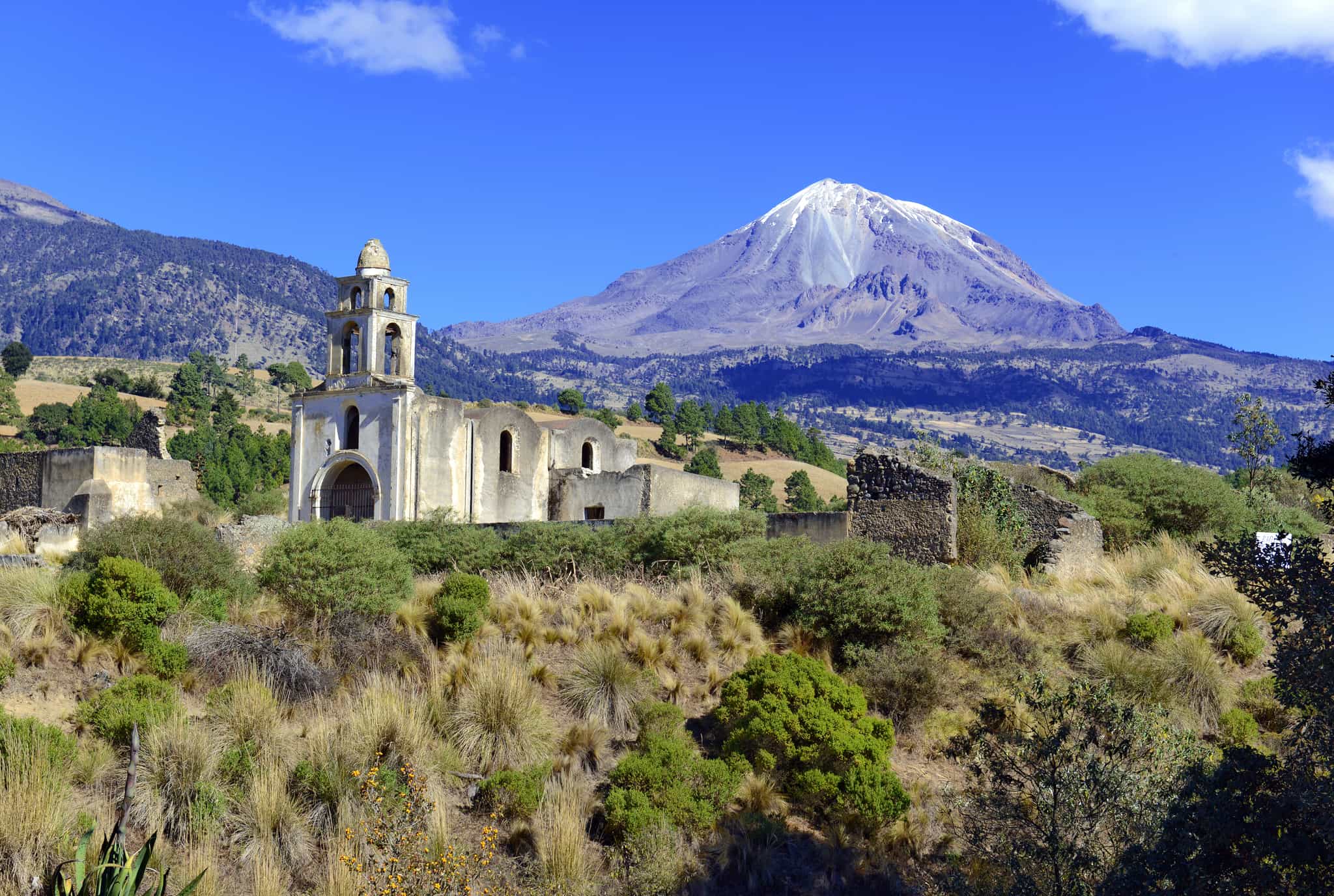
Scale La Malinche (4421m) and Iztaccihuatl (5230m), learning mountaineering skills as you go
Conquer the glacier-clad stratovolcano of Pico de Orizaba (5636m) – Mexico's tallest peak
Acclimatise in Mexico City, explore the magnificent pyramids at Teotihuacan and tuck into tasty food in Puebla
Key Information
Day 1
Arrive in Mexico City
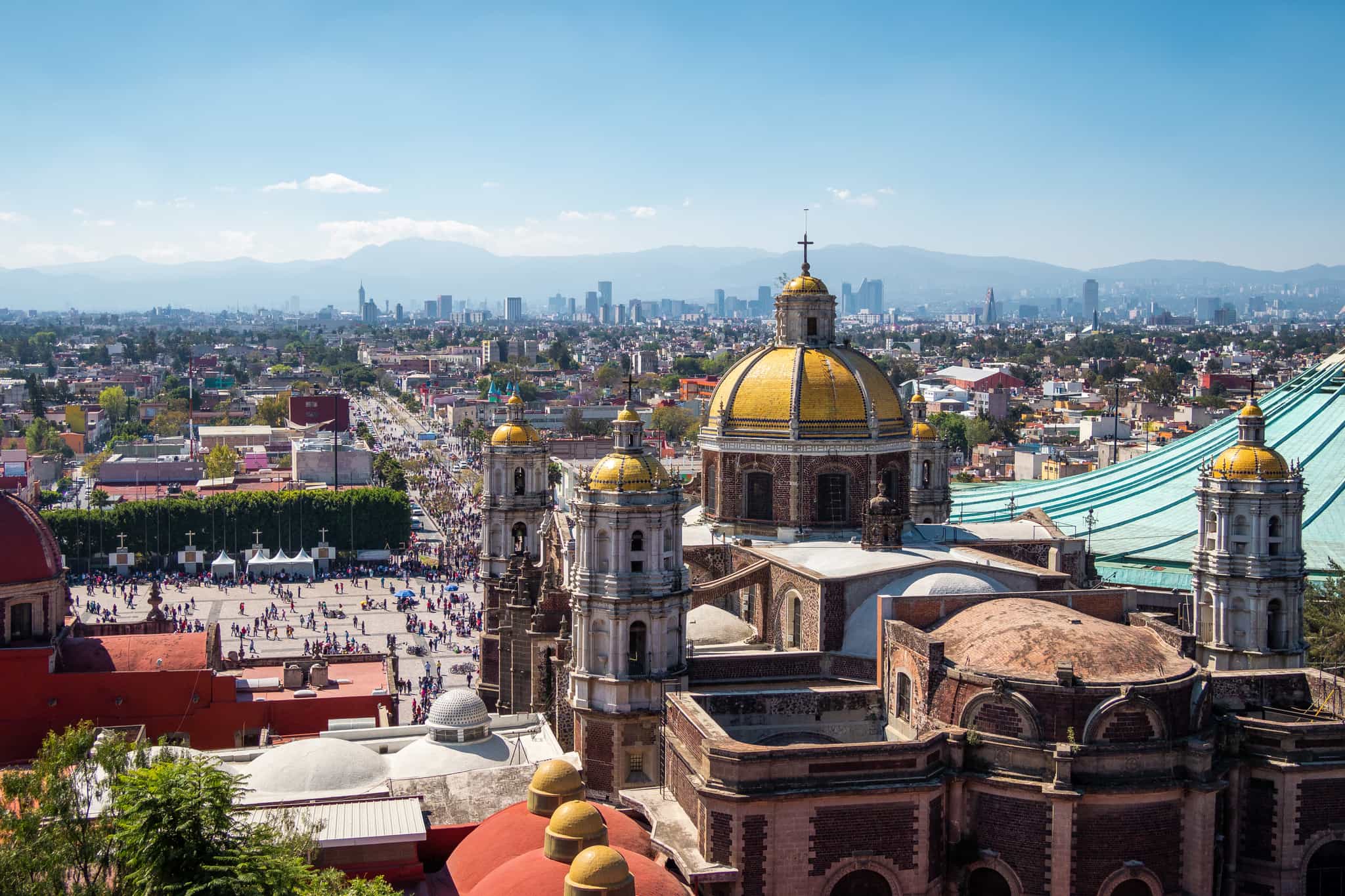
Welcome to Mexico, one of the world's most colourful, vibrant and diverse countries! Touchdown in the capital city, where your host will have arranged a private transfer to take you to the hotel in the historic central neighbourhood. Enjoy a good night's rest after your flight.
Day 2
Acclimatisation day in Mexico City
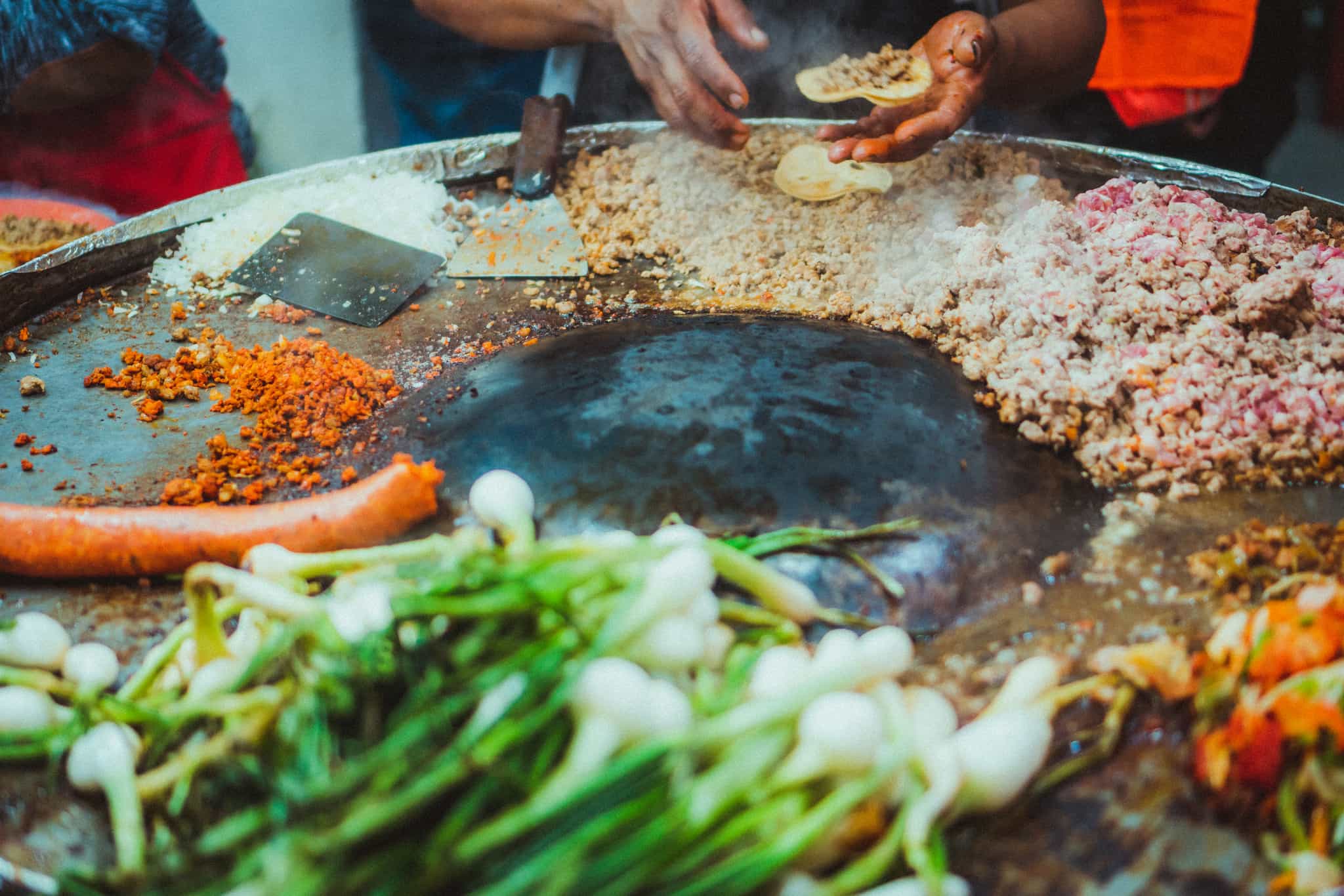
Today is a relaxed day, designed for you to acclimatise to the altitude (Mexico City is situated at 2250m above sea level) before climbing higher in the days ahead. Meet up with your guide and group for a gear check in the morning, and ensure everyone is prepared for the mountains. You are free to explore Mexico City at your own pace, with advice and help on hand from your host should you wish to see or do anything in particular. Soak up the sights and sounds of one of the world's biggest cities whilst walking around the centro historico and surrounding neighbourhoods.
Day 3
The pyramids of Teotihuacan
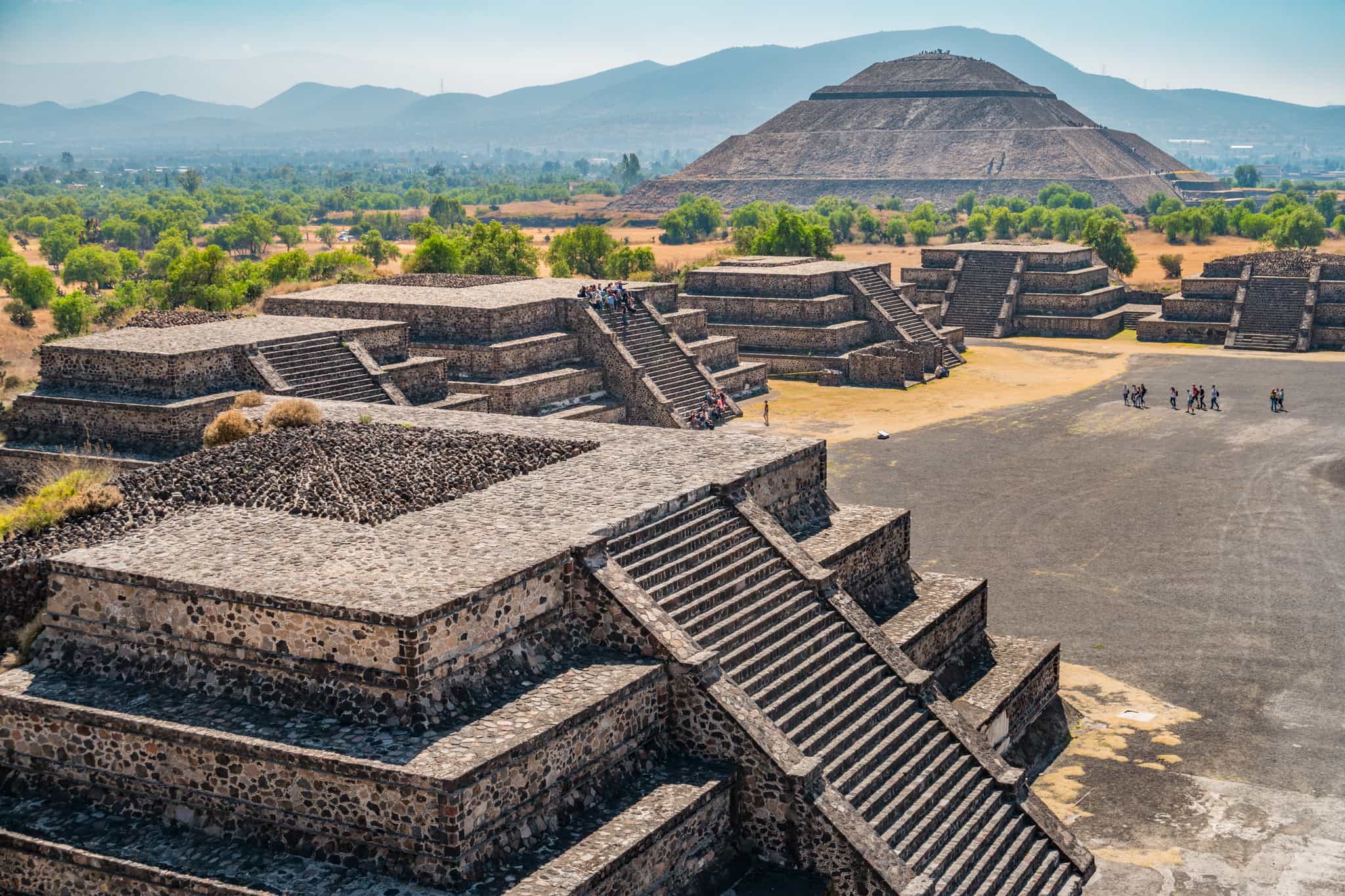
Leave the city behind and drive eastwards towards the first of your three summits – La Malinche. Along the route, you'll stop for a walk around the vast archaeological site of Teotihuacan. Featuring the Pyramid of the Sun, Pyramid of the Moon and Avenue of The Dead, the unknown origins of Teotihuacan (once one of the largest cities in the Americas) make it all the more captivating. Come evening, you'll bed down for the night at a cabin in the basecamp area of Malinche National Park.
Day 4
Acclimatise in La Malinche National Park
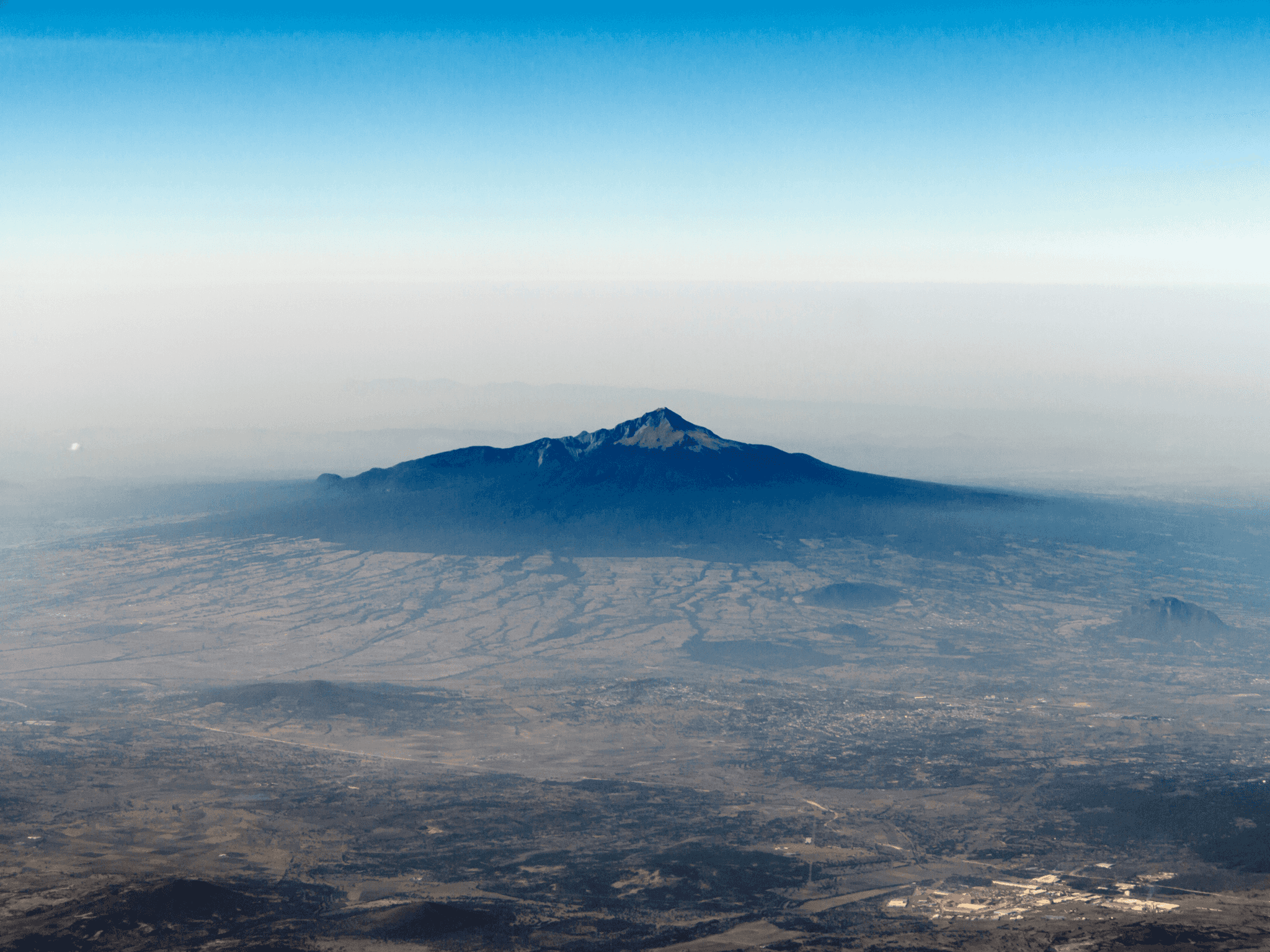
Hiking
La Malinche is the sixth-highest peak in Mexico, with its summit located on the border between the states of Tlaxcala and Puebla. At 3104m, the basecamp provides an ideal alpine acclimatisation location from which to build the foundation that will help you in the days ahead. To fully acclimatise in line with recommended guidelines, today's trek will be a short up-and-down hike on the forested alpine slopes of the dormant volcano. Should you wish to extend your walking today on trails around La Malinche basecamp, then your guide will be able to provide suggestions.
Day 5
Summit La Malinche (4421m)
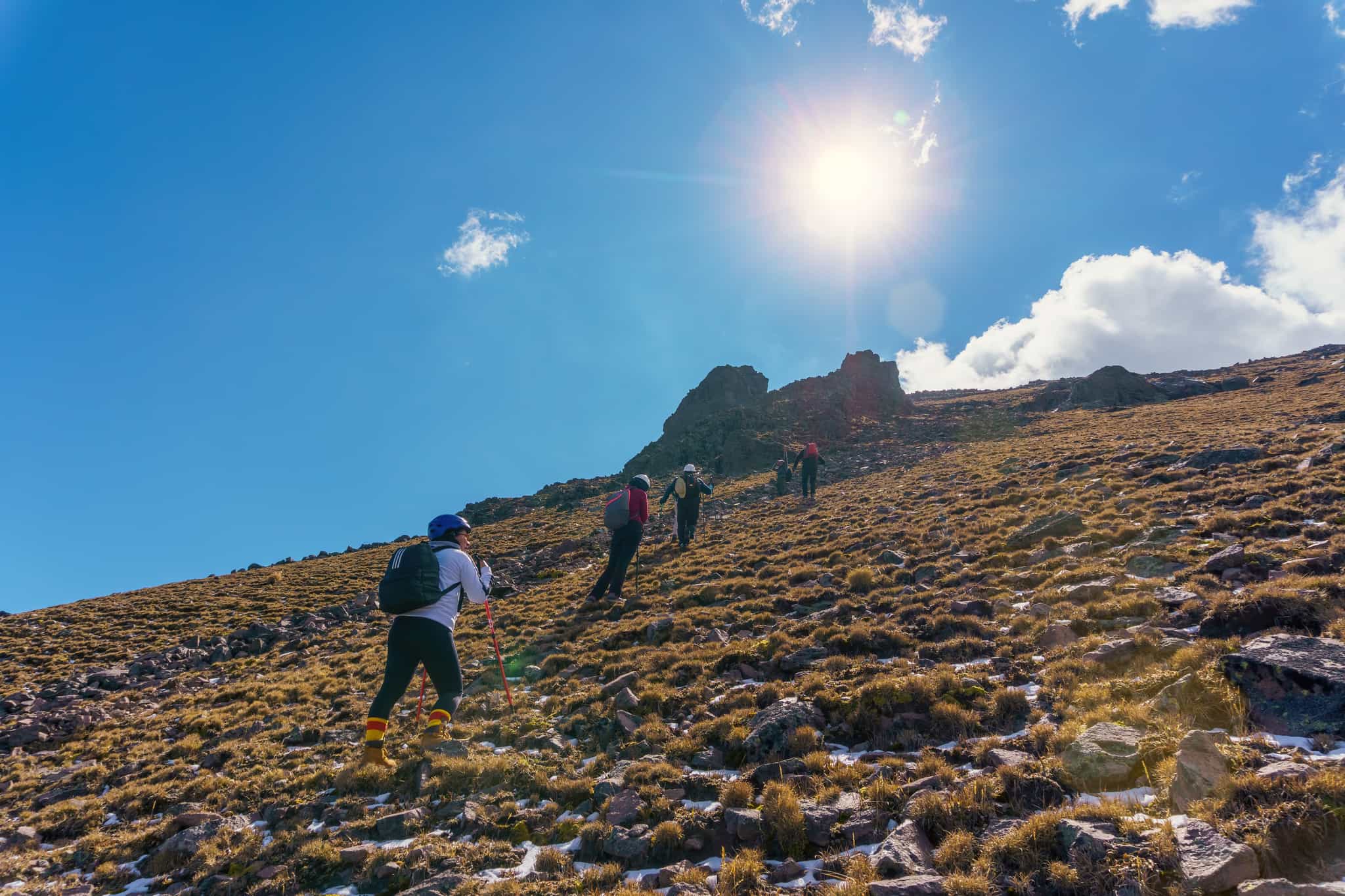
Hiking
Although the lowest of the three peaks that you'll summit, La Malinche is still a great hike through forested and exposed terrain. There's a section of high elevation gain to reach the top after approximately four hours of trekking, and a short scramble to finish. There isn't usually snow covering at the summit – however, it is a possibility, depending on weather conditions – and you are rewarded with a classic 360° volcano view. You can also gaze upon the next two volcanoes that you'll be climbing, in the distance. Descend, then transfer to the small and friendly town of Cholula.
Day 6
To Iztaccihuatl basecamp
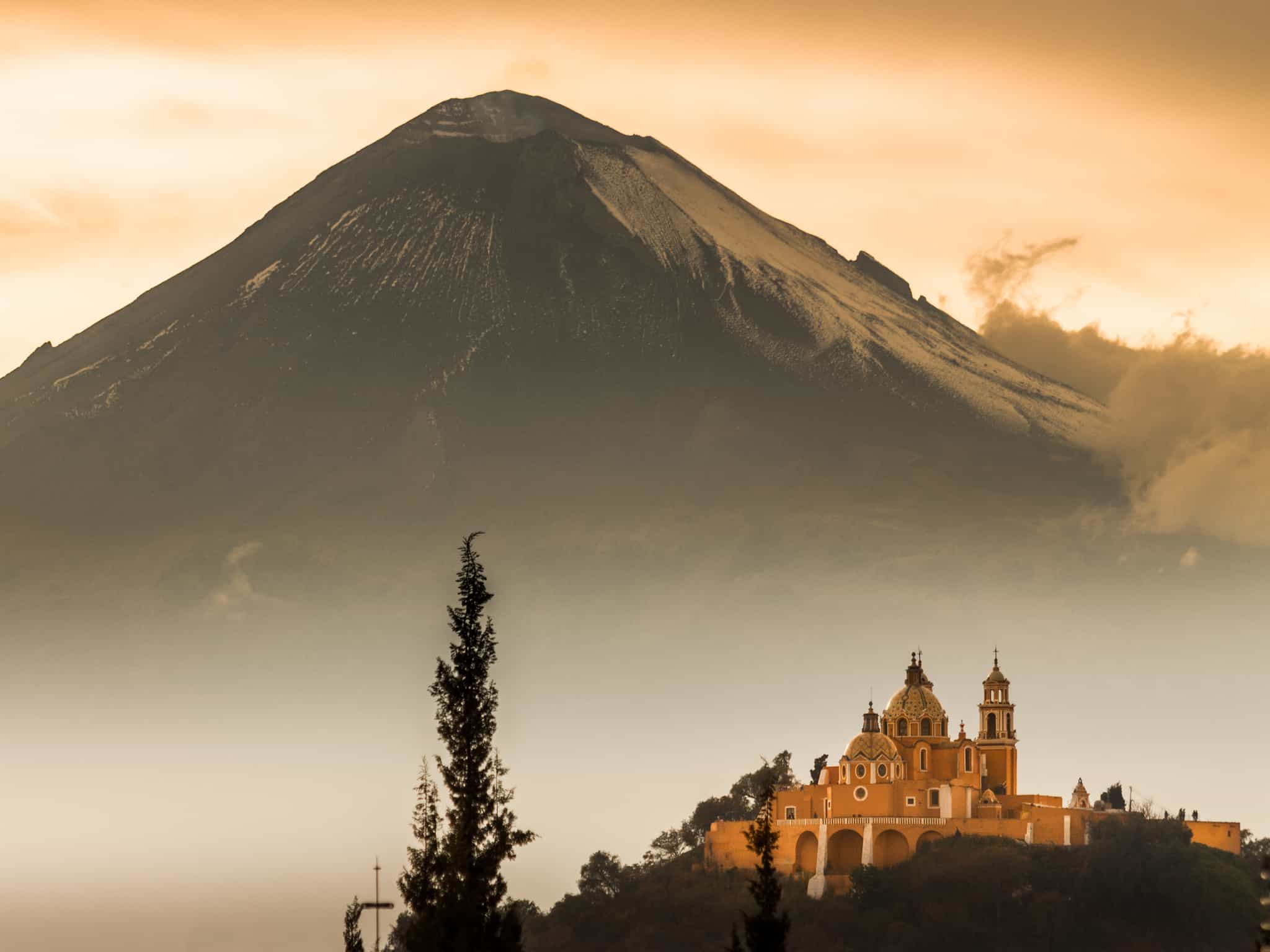
Spend a leisurely morning exploring the streets of Cholula, home to the very special church of Nuestra Señora de los Remedios, which sits before an impressive backdrop of the active Popocatepetl Volcano. Transfer by vehicle to reach the Iztaccihuatl base camp, situated at 3940m. The journey will be taken slowly as the elevation increases, with a number of stops along the way. Known as the mujer dormida (sleeping woman) thanks to its distinct profile, the huge presence of Iztaccihuatl looms over the Valley of Mexico.
Day 7
Hike on Iztaccihuatl, the Sleeping Lady
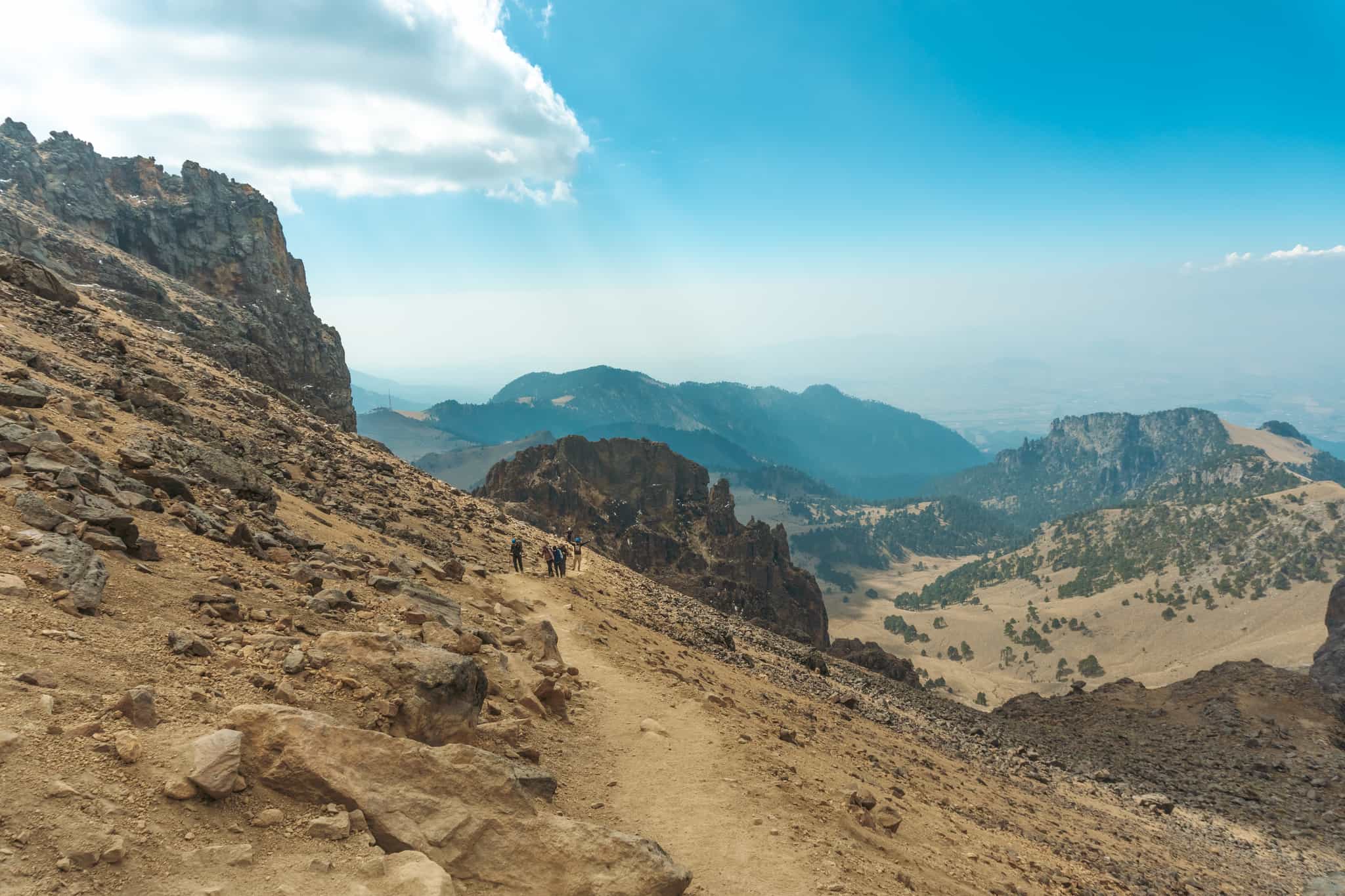
Hiking
Today it's time for another exploratory hike to get adjusted to the higher altitude, this time on the slopes of Iztaccihuatl, where your guide will advise on how far you should push today. Typically, you can expect to gain approx 400m on a morning acclimatisation hike before returning to the basecamp and getting an early night in preparation for tomorrow's summit attempt, which involves a very early rise.
Day 8
Summit Iztaccihuatl (5230m)
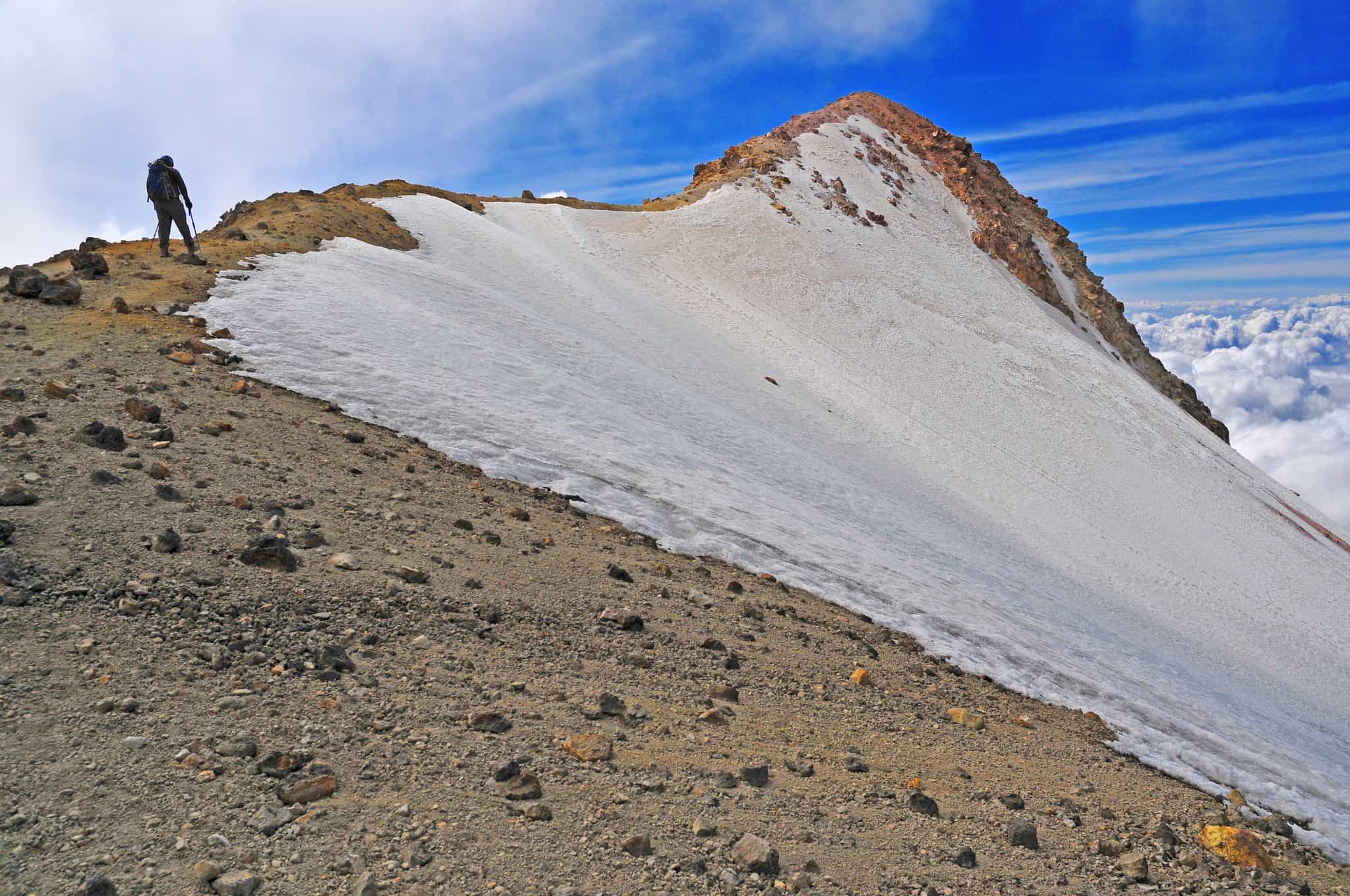
Hiking
Set out from camp in the early hours on a challenging trek towards the summit, with the lights of Mexico City and Puebla visible on either side of the mountain. Partway along the route you'll traverse a flat glacier before navigating past seven large craters, which makes for a tricky final section of ridges. Reach the summit of Iztaccihuatl (5230m), Mexico's third-highest peak, shortly after sunrise and enjoy spectacular views, including the neighbouring Popocatepetl Volcano, which is still active and sometimes emits plumes of smoke. After a long and steady descent, you'll transfer by vehicle to the city of Puebla (2135m).
Day 9
Explore Puebla
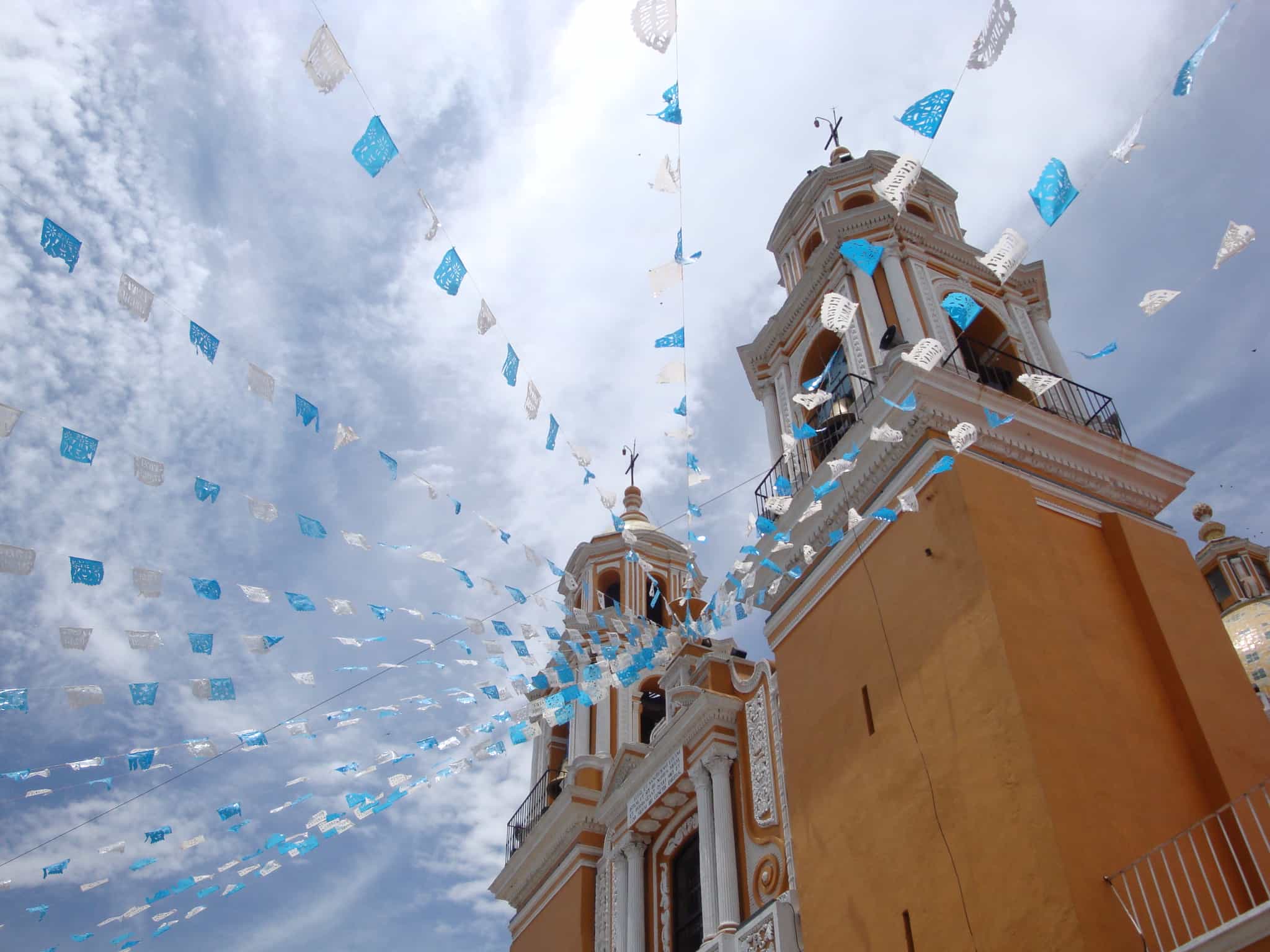
Enjoy exploring Puebla on this rest and acclimatisation day, in preparation for the final challenge that begins tomorrow. Puebla's historic centre is a designated UNESCO World Heritage Site and the city is known for its exemplary gastronomy, the perfect place for food lovers. Try the local speciality mole poblano, which adds a chocolatey twist to savoury dishes. Your host is based in Puebla and will be on hand to help out with anything that you may need today, including suggested walking routes to best explore the city on foot.
Day 10
Orizaba basecamp
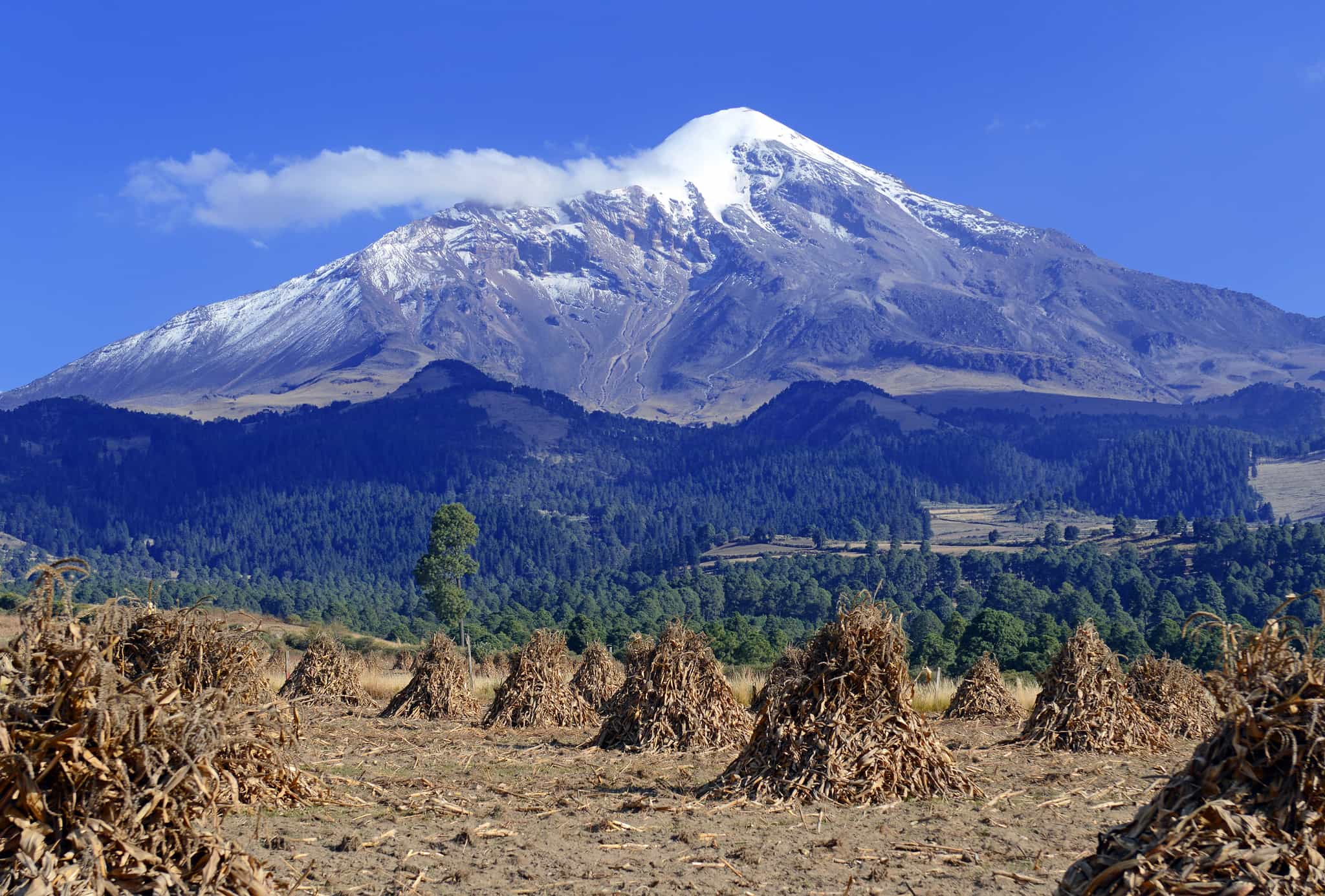
Hiking
Transfer by road to the Orizaba basecamp, situated at an altitude of 4250m. Your body will already be acclimatised to this altitude by now. El Pico de Orizaba (also known as Citlaltepetl or 'Star Mountain') is located on the border of Veracruz and Puebla states, and forms part of the Trans-Mexican volcanic belt. As the tallest volcanic summit in North America, Orizaba is one of the global 'Volcanic Seven Summits'. Your guide will tailor today's hike to best suit the group, typically involving a short up-and-down trek to gain approximately 400m in preparation for tomorrow. Get an early night ready for another very early start.
Day 11
Summit Pico de Orizaba (5636m)

Hiking
Today's the big one! Complete the three peaks challenge by summiting Pico de Orizaba (5636m), Mexico's highest peak. A short but steep trek involves the ascent of a glacier that begins just below 5000m and stretches to the summit. The group will rope up, and a large portion of your ascent will involve using crampons and ice axes. Depending on the weather conditions, there may be a covering of snow on the glacier too. Reach the Pico de Orizaba summit crater at sunrise and savour the most spectacular view of the Gulf of Mexico, before descending and returning to Puebla for a well-earned celebration!
Day 12
Challenge completed
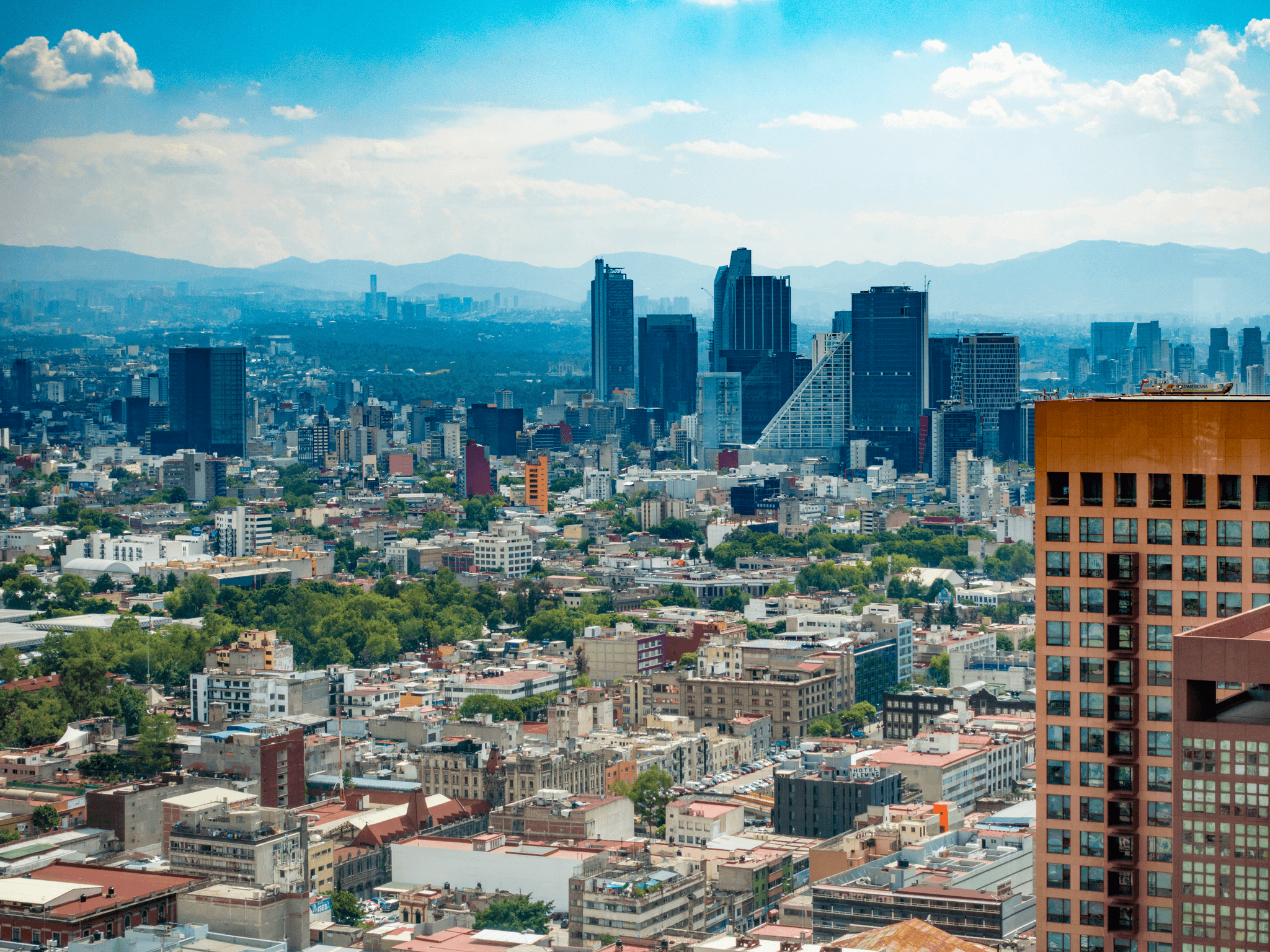
The adventure ends this morning, with a group transfer back to Mexico City Airport (approximately 2 hours). You can get dropped off in Mexico City should you prefer, to continue your travels independently.
The Area
Logistics
Starts
Mexico City Airport
Any time on Day 1
Ends
Mexico City Airport
Morning of Day 12
Transfers
Upon arrival in Mexico City, your host will arrange for a private taxi transfer to take you to the hotel, regardless of which flight you arrive on. At the end of the trip, there is one group transfer from Puebla to Mexico City. Departing after breakfast, this takes approximately 2 hours.
Arrival and departure transfers are only included in the main price if you arrive on Day 1 and depart on Day 12. If you would like a private transfer outside of these times, this can be arranged with your host for an extra cost - please see optional extras for the price.
Travel options
There are direct flights to Mexico City from most major airports in Europe and North America.
Day 1
Breakfast
Lunch
Dinner
Day 2
Breakfast
Lunch
Dinner
Day 3
Breakfast
Lunch
Dinner
Day 4
Breakfast
Lunch
Dinner
Day 5
Breakfast
Lunch
Dinner
Day 6
Breakfast
Lunch
Dinner
Day 7
Breakfast
Lunch
Dinner
Day 8
Breakfast
Lunch
Dinner
Day 9
Breakfast
Lunch
Dinner
Day 10
Breakfast
Lunch
Dinner
Day 11
Breakfast
Lunch
Dinner
Day 12
Breakfast
Lunch
Dinner
What is the food like?
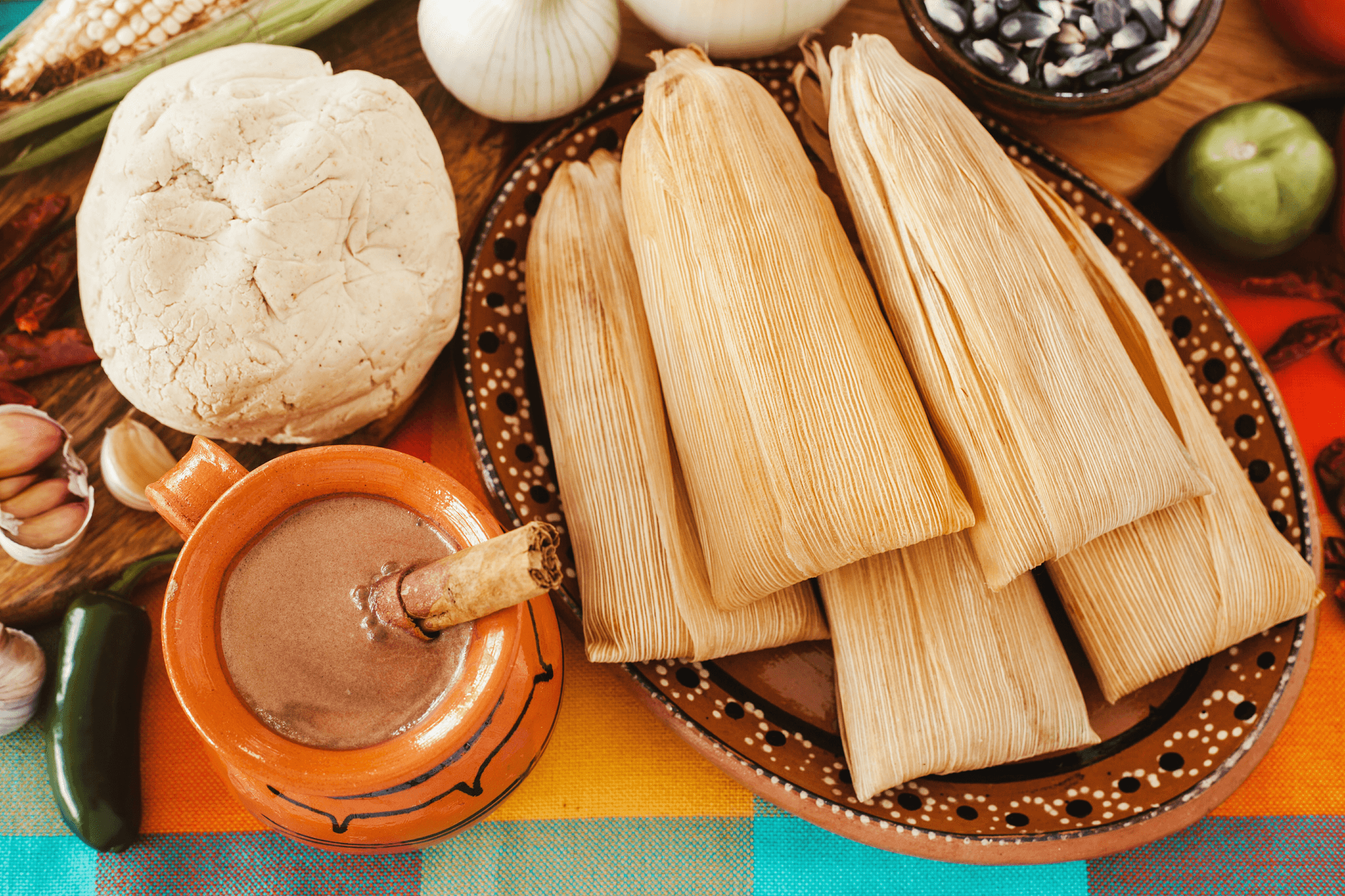
Mexico is a food lover's paradise! Many Mexican dishes have become famous internationally, but you're sure to discover new and exciting foods during your visit. Street vendors in Mexico City and Puebla serve delicious sweetcorn esquites and those with a sweet tooth will love trying authentic churros. Expect to eat a lot of corn, beans, rice, grilled meats, avocado, tortillas and the ever-present chilli peppers. During the trekking days, your guide and support team will cook up nourishing meals and make sure you have enough snacks to give you the carbs and calories needed to reach the summits.
Vegetarians, vegans and other dietary requirements and allergies can be catered for - please just request this on your passenger info form.
What is the accommodation like?
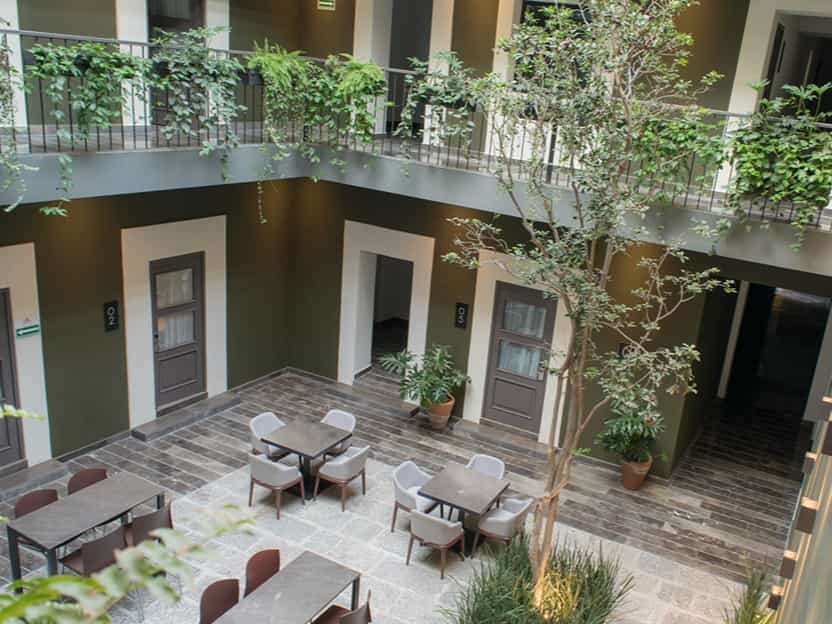
Mexico City, Cholula and Puebla
When staying in the urban settings of Mexico City, Cholula and Puebla you'll stay in comfortable mid-range hotels, well-located for exploring the historic city centres on foot. You'll stay in Hotel Principal (or similar) in the capital, Milagro Hotel in Puebla and Hotel Casa Calli in Cholula. Rooms will be twin-share with en-suite bathroom facilities.
La Malinche
Your basecamp for hiking La Malinche is Las Cabañas de Malinche. Depending on the size of the group, we'll use either one or two self-contained cabins. The cabins have shared facilities with bunk beds, hot showers and a log burner with a chimney.
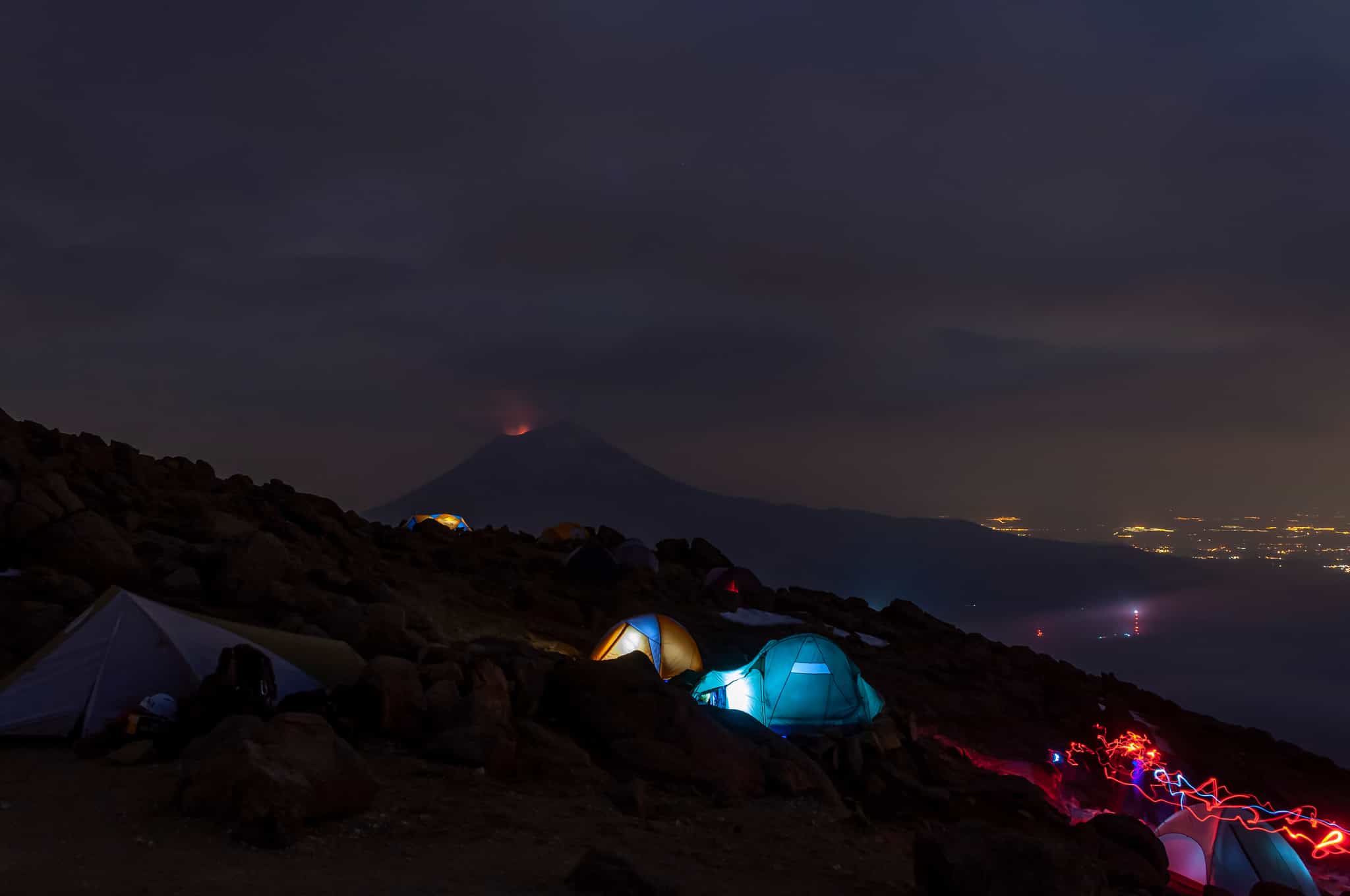
Iztaccihuatl and Pico de Orizaba
On Iztaccihuatl and Pico de Orizaba, you'll be camping in permitted areas. You can choose to have a private tent for no additional charge. There are no permanent facilities, but you'll have a camp assistant working with the group to prepare food and look after the equipment, etc.
Upgrades
For solo travellers looking for their own space, an optional private room can be booked at the hotels for an extra charge, see Optional Extras for the price. Please request this at the time of booking (this is subject to availability).
We’re still waiting to collect any reviews from other travellers on this trip. However, all our hosts go through an extensive vetting process to ensure that your adventure is awesome.
Guides
Expert, local, English-speaking guides
Accommodation
6 nights in hotels, 2 nights in cabins, 3 nights camping
Meals
All breakfasts, 4 lunches, 5 dinners
Transfers
Airport transfers and everything in between
Equipment
All your technical trekking equipment
Our trips are hassle-free by design. We include all the activities and equipment, as well as many of the meals, so you can simply rock up with your rucksack and share the adventure with your new pals.
Personal Expenses
You know your own spending habits best, so please budget an appropriate amount for things like optional meals and drinks, shopping, optional activities, and laundry.
What's included?
Technical equipment for summit days:
- Rope
- Harness
- Helmet
- Crampons
- Ice axe
- Trekking poles
- Head torch
- First aid kit
Camping equipment:
- Tent
- Sleeping mat
- Cooking utensils
What's available to hire?
- Sleeping bag (4-season) See Optional Extras
- The host can also rent mountaineering boots and other specialist clothing such as jackets or gloves. You can enquire with them directly after booking.
What do I need to bring?
BAGS
- Softshell duffel bag or rucksack (main luggage)
- Daypack for trekking in (approx 30-40 litres) – you need to be able to attach an ice axe to the outside
- Waterproof liner for kitbag/rucksack or drybags
CLOTHES
- Mountain boots (stiff sole, crampon compatible - needed for Iztaccihuatl and Orizaba summits)
- Regular hiking boots for La Malinche (flexible but waterproof with a good sole)
- Down jacket mid-layer
- Waterproof, breathable jacket (with a hood big enough to wear over a helmet)
- Waterproof trousers
- Breathable wicking base layers, top and bottom
- Fleece jacket or similar
- Thermals (merino best)
- Warm hat (thin to allow helmet on top)
- Warm insulated waterproof Gloves
- Glove liners
- Waterproof gaiters
- Buff for neck
- Lightweight trousers/shorts/skirts
- T-shirts
- Trekking socks
- Underwear
- Swimwear
- Sunglasses (Category 4 recommended)
- Sunhat
- Something to sleep in
- Sandals
SLEEPING
- Cotton or silk sleeping bag liner
- Sleeping bag (4-season, comfortable down to 0 to -5°C)
- Travel pillow or pillowcase (optional)
OTHER
- Universal travel plug adapter
- Power bank or solar charger
- Small camera
- Passports (and visas)
- Travel insurance documents
- Ear plugs
- Insect repellent
- High factor suncream
- Personal first-aid kit (inc. blister treatment)
- Personal items (biodegradable toiletries, sanitary wear etc)
- Toilet kit (toilet paper, biodegradable bags to carry paper out to dispose of)
- Quick-dry towel
- Alcohol hand-gel
- Torch
- 2 x reusable water bottles (1 litre each)
- Energy bars and snacks - read our article on Best Hiking Snacks
Sleeping Bag Hire (4 season)
Payable Before Departure
Sleeping Bag Hire (4 season)
…
Single/Double/Twin Room in Puebla
Payable Before Departure
Single/Double/Twin Room in Puebla
… Per night
Single/Double/Twin Room in Mexico City
Payable Before Departure
Single/Double/Twin Room in Mexico City
… Per night
Private Room Upgrade (Hotel nights only)
Payable Before Departure
Private Room Upgrade (Hotel nights only)
… Per person
Taxi Mexico City Airport (max 2 people)
Payable Before Departure
Taxi Mexico City Airport (max 2 people)
…
We partner with the World Land Trust to ensure this trip achieves Net-Zero emissions. We also support their Buy an Acre programme, helping local communities to buy and protect natural habitats in perpetuity.
What's the number?
It works out on average at 242kg of CO2 emissions per person, including all local transport, accommodation, food, activities, guides, staff and office operations.
The only thing it doesn’t include right now is flights and travel to the destination. We do make an overall estimate across all our customers separately, but as we don’t book flights, have customers from all corners of the world, and no way of reliably knowing their travel plans, we simply can’t include an individual number in the figure on display here. We’ve got a goal to fix that, so that when you book, there is a way to measure and mitigate the carbon emitted by your flight too.
But what does the number mean?
Yep, hard to picture eh? To give you an idea:
- Driving 1000 miles/1609km would be approximately 281kg of CO2 in an average car (or 140.5kg per person, if there were two of you in it).
- A return economy class flight between London and New York would be approximately 1619kg (1.66 tonnes) per person.
- 10 trees in a temperate forest are estimated to remove approximately 250kg of CO2 from the air in a period of 5-10 years.
What are we doing about it?
Our trips are relatively low-carbon by design, and we're working with all our hosts to develop long term carbon reduction plans. We partner with the World Land Trust to ensure this trip achieves Net-Zero emissions. We also support their Buy an Acre programme, helping local communities to buy and protect natural habitats in perpetuity, ensuring the protection of the reserve and its wildlife.
Want to know more?
Amazingly, no international travel company has ever publicly published their carbon measurements before, as far as we know. We believe that must change, quickly. So we’re openly sharing the method we used in the hope that other companies will be able to more easily follow suit and build on what we've done so far. You'll find it all here.
To summit Pico de Orizaba your mountaineering guide will lead you on the 'north route' which scales Jamapa Glacier. Several hours of the ascent, and then the descent, will be spent walking slowly on this steep glacier. No climbing is involved and it is considered a non-technical trek as it can be completed by fit and acclimatised individuals without prior mountaineering experience or technical expertise. Equipment-wise, your host will have provided strap-on crampons (suitable for any stiff-sole mountain boot), a helmet, an ice axe, a harness and rope. You will be under the guidance of experienced and qualified guides throughout who will ensure that everyone is comfortable and confident. Depending on conditions, the guides may decide that for some parts of the trek it is necessary to use short ropes for added security. The techniques and approach will be fully explained by the guides during the prior acclimatisation walks, with plenty of opportunity to ask questions.
Mexico City is situated at 2250 metres above sea level. This means that simply arriving here involves a sudden increase in altitude for travellers flying in from low-lying countries, such as the United Kingdom. Dehydration and tiredness from a long-haul flight can heighten susceptibility to illnesses associated with altitude sickness, although most people would typically not experience them until reaching a few hundred metres higher.
In order to maximise the probability of being able to complete the summit treks later in the itinerary, it is vital for travellers to acclimatise fully to the comparatively lower altitudes at the beginning of the trip in Mexico City (2250m) and at the Malinche Cabins Basecamp (3104m). For this reason, there is a slow and measured start to the trip, standing participants in good stead to safely complete the rest of the itinerary at a moderate pace.
The trekking ascent on this trip does not follow a traditional expedition-style profile, as it's necessary to travel to the three standalone summits by vehicle. There is more of an abrupt up-and-down nature to the altitude profile, with acclimatisation and rest days included where advisable. The largest altitude gain comes on Day 6 when transferring by vehicle from Cholula to Iztaccihuatl basecamp, a journey that will be taken slowly with regular stops.
Sleeping and maximum altitudes:
Day 1 – 2250m
Day 2 – 2250m
Day 3 – 3104m
Day 4 – 3104m / approx. 3504m
Day 5 – 2150m / 4421m
Day 6 – 3940m
Day 7 – 3940m / approx. 4340m
Day 8 – 2135m / 5230m
Day 9 – 2135m
Day 10 – 4250m / approx. 4650m
Day 11 – 2135m / 5636m
Tips for guides are not included in the trip cost. These are entirely at your discretion, but there is an expectation to tip for good service. A representative from the host's team joins the group throughout, and in addition, you'll have qualified mountaineering guides leading the trekking activities on each mountain. These are likely to be different guides, and their number depends on the group size. As a guideline, we suggest approx. 8-10 USD (or equivalent in Mexican Pesos) per person, for each day that a guide is working with the group. When dining in restaurants, it is typical to tip between 10-20% of the total bill.
You will have to carry your own drinking water (typically two litres), and your guide team will ensure that you have access to clean drinking water. Should you want to use a water filter, then you may wish to read our guide to water filters here.
You won't be able to leave any excess luggage in Mexico City, as the itinerary only returns to the airport. You will, however, be able to leave items in Puebla should you wish to between Day 8 and Day 11.
Weather conditions could impact the ability of the host to run the itinerary in the intended format. Storms can prevent groups from being on the mountains on certain days, with weather conditions at the summits naturally being very changeable. If and when a change has to be made, it will be made with traveller safety in mind, whilst trying to ensure an acceptable replacement activity. A buffer day is built into the itinerary (Day 9 in Puebla), which gives some room to adapt the itinerary if required.
Sure can! Over 70% of our travellers travel solo, it’s a great way to meet like-minded people.
Our team of Adventure Hunters co-create exclusive adventures which are run by highly vetted, specialist hosts. The trip is run by our trusted host partner in the destination. We only work with independent, local, in-destination experts who know the very best places to explore and how to stay safe. Read more information about the local teams we partner with. You’ll be introduced to the host straight after making a booking via the Much Better Adventures platform.
Much Better Adventures refer to the UK Government’s official travel advice when designing trips and monitoring trip operations. We recommend that all customers are familiar with the practical information provided on the Government’s FCDO website, where current travel advice can be found by searching for the applicable destination(s).
For customers joining this trip from other international destinations – please also read the official travel advice applicable to your country of residence/origin, as this may differ.
We recommend checking out the country-specific information and also talking to a travel nurse.
We automatically convert prices from the local currency that a host receives to your chosen currency. We update our exchange rates on a daily basis so this does mean that prices displayed on the site are subject to currency fluctuations, which is why you may see them change over time.
If you wish to change the currency you pay in, head to the bottom of the page.
All of our group adventures are specially designed for adults to enjoy as we want these adventures to bring together outdoorsy people who are truly like-minded. You must be over 18 to join one of our trips.
You're always in good company on one of our adventures.
Our trips are typically made up of a mixture of solo travellers and small groups of 2 or 3 friends, with most in their 30s-50s.
Our sociable adventures are solo-friendly by design and naturally attract outdoorsy people with a shared mindset; a love for adventure, a desire to push themselves and meet awesome, like-minded people along the way.
It’s this camaraderie that has so often turned a great adventure into a life-changing one.
Don't just take our word for it:
- 95% of people rate the group dynamics on our trips 5/5
- 90% of people recommend joining a trip to make new friends
- 75% of people have met people on our trips that they would now consider friends
See here for more info about the Much Better Adventures tribe.
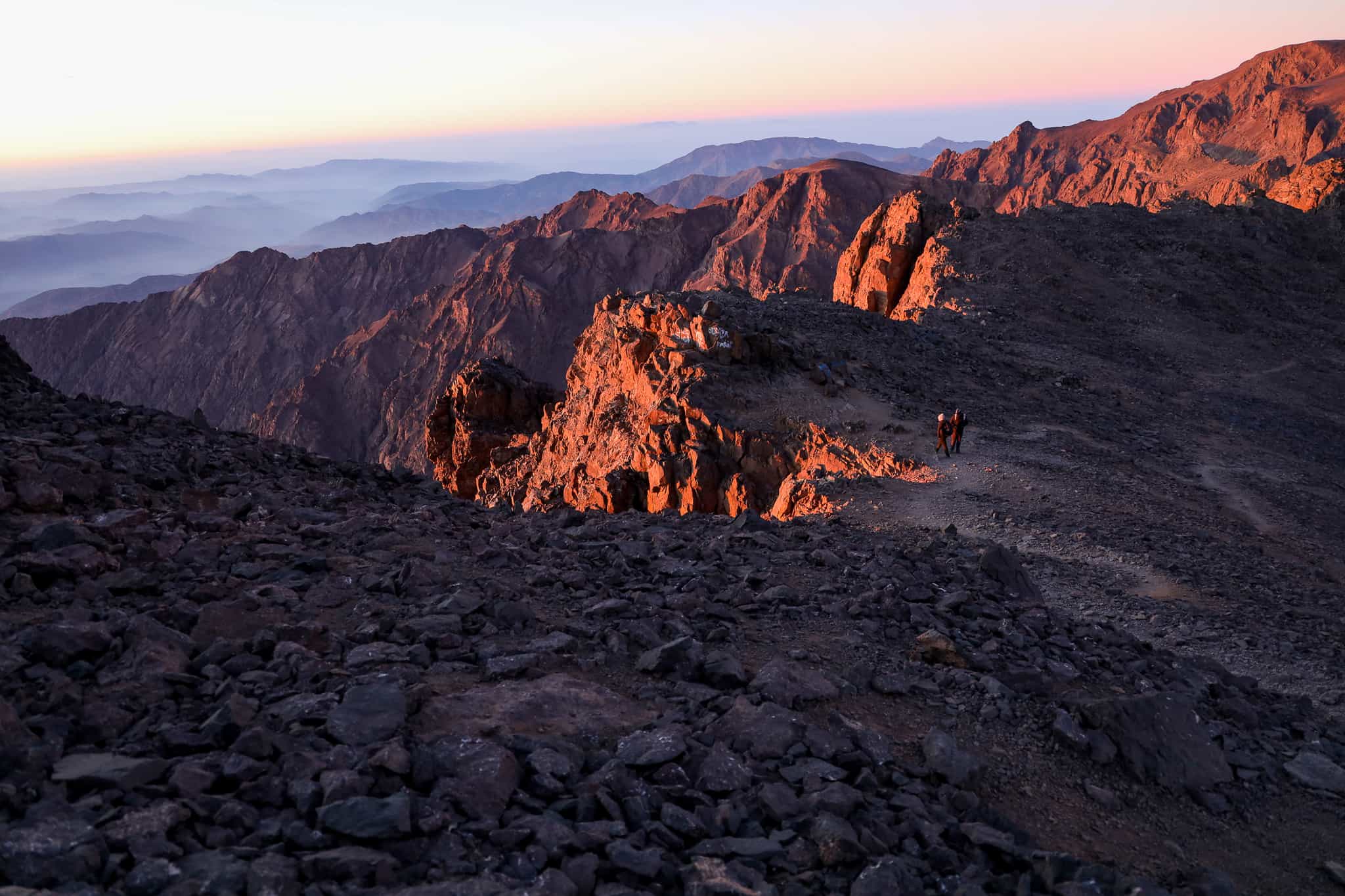
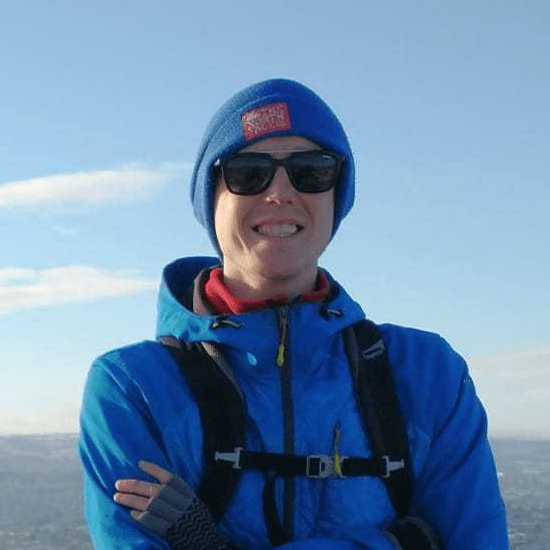
Need help finding flights?
From logistics and how to get there, to fitness, group dynamic and trip difficulty, Rory and his team of friendly experts are on hand to help.
We've got your back
Guaranteed to run
All Much Better Adventures trips are now guaranteed to run. Once you’ve booked your spot you can immediately make your travel arrangements, no uncertainty, no hanging about (excludes 'request to book' departures). Full details
Flexible payments
Secure your spot with the minimum deposit and pay off the remaining balance in as many instalments as you like, with no interest or fees. Full details
Happiness Guarantee
We’re so confident you’ll have an amazing time we’ll put our money on it. Full details
Full financial protection
To give you complete peace of mind Much Better Adventures is backed by ABTOT, ABTA and ATOL memberships. Full details
Tried & Trusted
Much Better Adventures is rated ‘Excellent’ on Trustpilot with over 1000 verified trip reviews averaging 4.8/5.
Connect before you go
You'll be invited to join a WhatsApp group to get to know each other before your big adventure together. Full details
DEPARTURE DATES
